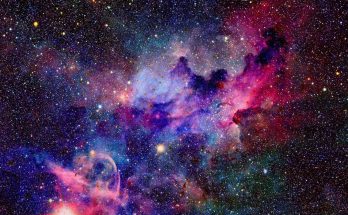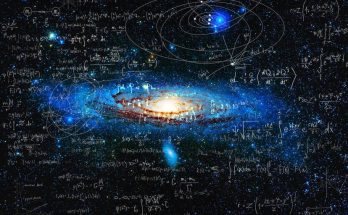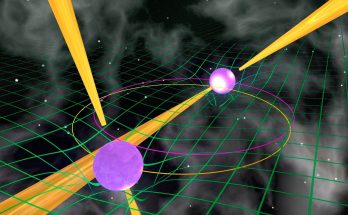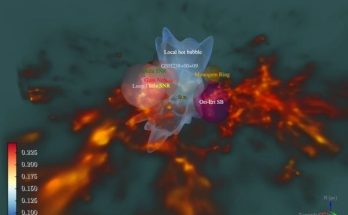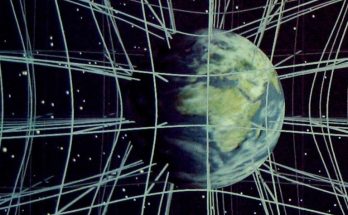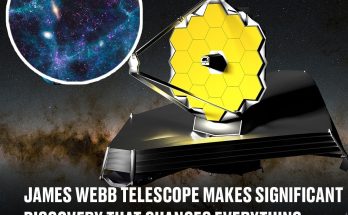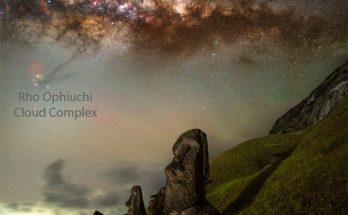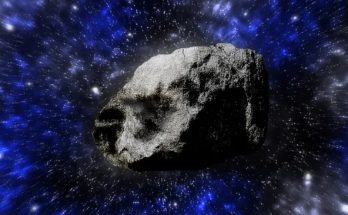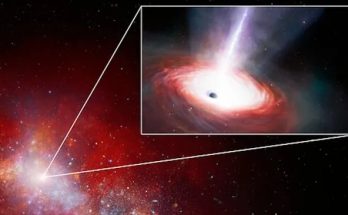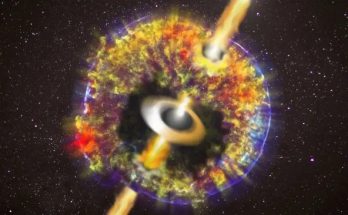
Astronomers have used a range of telescopes, including Hubble, to watch as particles dance around a neutron star collision that created the smallest black hole ever seen.
An illustration of two colliding neutron stars birthing a black hole. (Image credit: O.S. SALAFIA, G. GHIRLANDA, CXC/NASA, GSFC, B. WILLIAMS ET AL.) Astronomers have witnessed the titanic collision between two …
Astronomers have used a range of telescopes, including Hubble, to watch as particles dance around a neutron star collision that created the smallest black hole ever seen. Read More